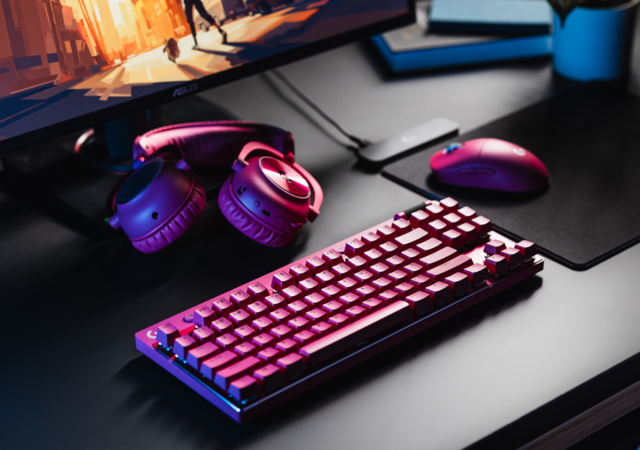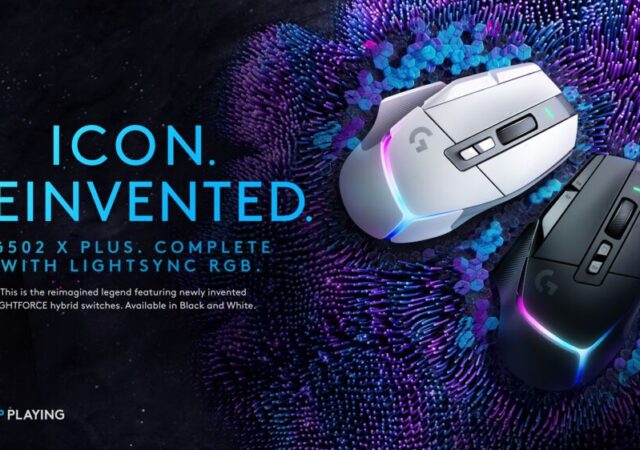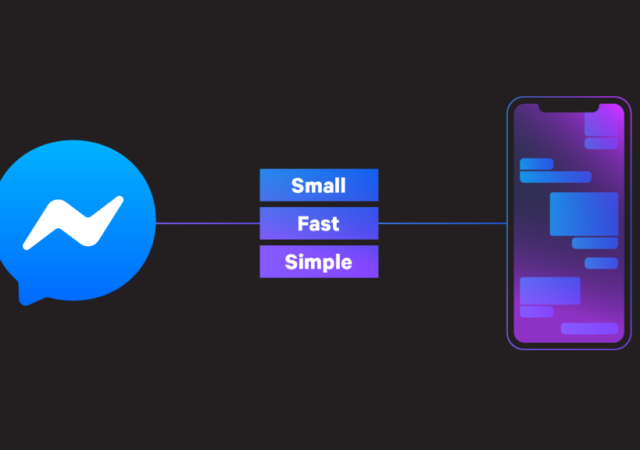Logitech unleashes even more gaming peripherals targeted at esports players with the new Logitech G Pro X TKL Lightspeed Keyboard and G Pro X Superlight 2 Gaming Mouse.
The New Logitech G502 X Reinvents Logitech G’s Most Popular Gaming Mouse
Logitech announces a revamped Logitech G502 X lineup with a brand new hybrid switch and features that give gamers the edge.





